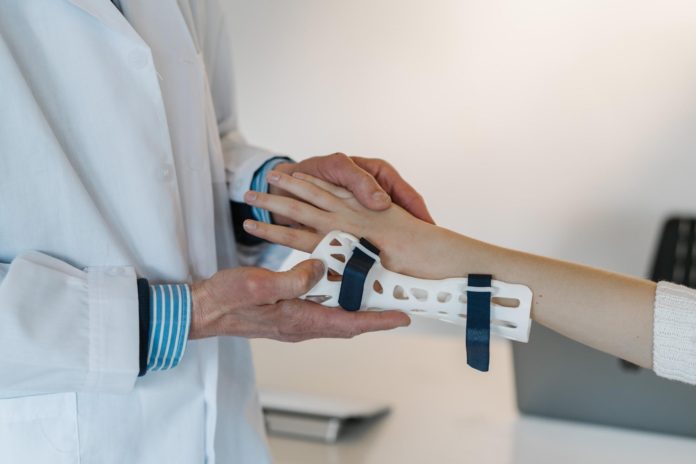While it has already found many applications, 3D printing still has a bright future ahead of it. Also known as additive manufacturing, the industry has moved on from designs and prototypes and is able to produce a wide range of creations that help us in everyday life as well as have the potential to solve some of the world’s most important issues, like homelessness and world hunger. If 3D printing continues developing at this rate, it could really make a big difference. With that in mind, just how can 3D printing revolutionize manufacturing? Read on to learn more.
How do 3D printers work?
For starters, let’s go over how 3D printers work. The most commonly used and the most inexpensive 3D printing process is called fused deposition modeling (FDM) or fused filament fabrication (FFF). That means that after the modeling part with CAD software is done, a 3D printer needs filaments – thermoplastic feedstock that comes in various types and two standard diameters. The most common types of filament are ABS, PLA, PVA, and nylon, all with different properties. Depending on the methods used and the complexity of the project, printing can take anywhere from a few hours to a few days.
There will be a creative renaissance
Making 3D printing more common and affordable will most surely lead to a creative renaissance. Just think about how many people have come up with creative ideas that can solve many problems but they simply did not have a way to fund their project. 3D printing has already made it easier to create prototypes and, in time, manufacturing these products and putting them on the shelves for everyone to have access to them should be a piece of cake.
The fields of application will increase
Seeing as how inventors and creatives come from all walks of life and have different interests, the creative renaissance means that the fields where 3D printed products can be applied will also be multiplied.
For example, the healthcare industry can be revolutionized. While some companies are already using 3D printing technology to provide amputees with affordable prosthetics, this can be improved even further. Then, replicas of various organs are being made to help surgeons better prepare for demanding medical procedures. What is more, many experts believe that it will be possible to create organs that can be used for transplants by 2025, thanks to bioprinting. This approach has been used before, as damaged bone and cartilage were repaired by surgeons in 2014. Finally, pills that have been made using a 3D printer are already available and have been patented since 2015. This could be a practical and affordable way to provide people around the globe with appropriate medication.
Another issue that 3D printing can tackle is homelessness and the housing crisis. Homes are getting more expensive by the day and many young people cannot afford what the previous generations were able to. Nowadays, companies are able to build 3D printed houses using only recycled materials, which means that they are very cheap. Additive manufacturing will also allow builders to lower their labor, material, and transportation costs.
Moreover, even food can be made using 3D printers. By filling cartridges with oils and powder, we could one day synthesize meals one layer at a time. NASA has been invested in this project for years now, as it allows astronauts easy access to food. Other 3D printed products range from clothing and car parts to coral reefs and tortoise shells.
Manufacturing processes will be more sustainable
On the one hand, 3D printing is intrinsically sustainable seeing as how it uses recycled materials and its waste is significantly reduced. Additionally, it does not leave a huge ecological footprint as the needs for transportation are also lowered.
On the other hand, there is still plenty to be done. Experts in the field must ensure that there are rules in place that will guarantee that the industry will always use sustainable materials. With its rapid expansion, it should come as no surprise that some people will try to use whatever they want, regardless of the impact it might have on the environment.
Seeing as how researchers have found a way of converting carbon dioxide into concrete, there are surely many other breakthroughs waiting to be discovered. Their goal should be saving the planet.
3D printing will revolutionize the manufacturing industry by ensuring more people can create what they and other individuals need. However, we cannot forget about the importance of staying sustainable while doing it.
This article has been written by Kurtis Wilcox






